How to Write a Promotional Email?
When it comes to promotional emails, there is a fine line between being pushy and intrusive and being persuasive and useful. Nobody likes pushy, annoyance-inducing emails.
Email marketing enables you to send out promotional emails on a daily basis in order to increase sales, drive more traffic to your website, and raise brand awareness. Promotional emails are those that are used to promote limited-time offers. This could be a discount, a coupon code, a free download, a special event, or some other limited-time deal.
When writing a promotional email, you need to know who you are writing for. Are your goods aimed at women, young working professionals, students, parents, sports fans, travelers, people living in a specific place, or people of a certain age? Writing relevant promotional emails becomes easier when you can visualize your customers and talk to them directly in a way that they can relate to. In this article, I will share with you how you can write a great promotional email, as well as what types of promotional emails you can use for your campaigns.
What is a promotional email?
A promotional email is a commercial communication that typically provides rewards to increase a company’s sales and revenue. The primary aim of this form of email marketing is to persuade consumers to buy something. You can send promotional emails for free with AVADA Email Marketing Automation.
How to write a promotional email in 11 steps
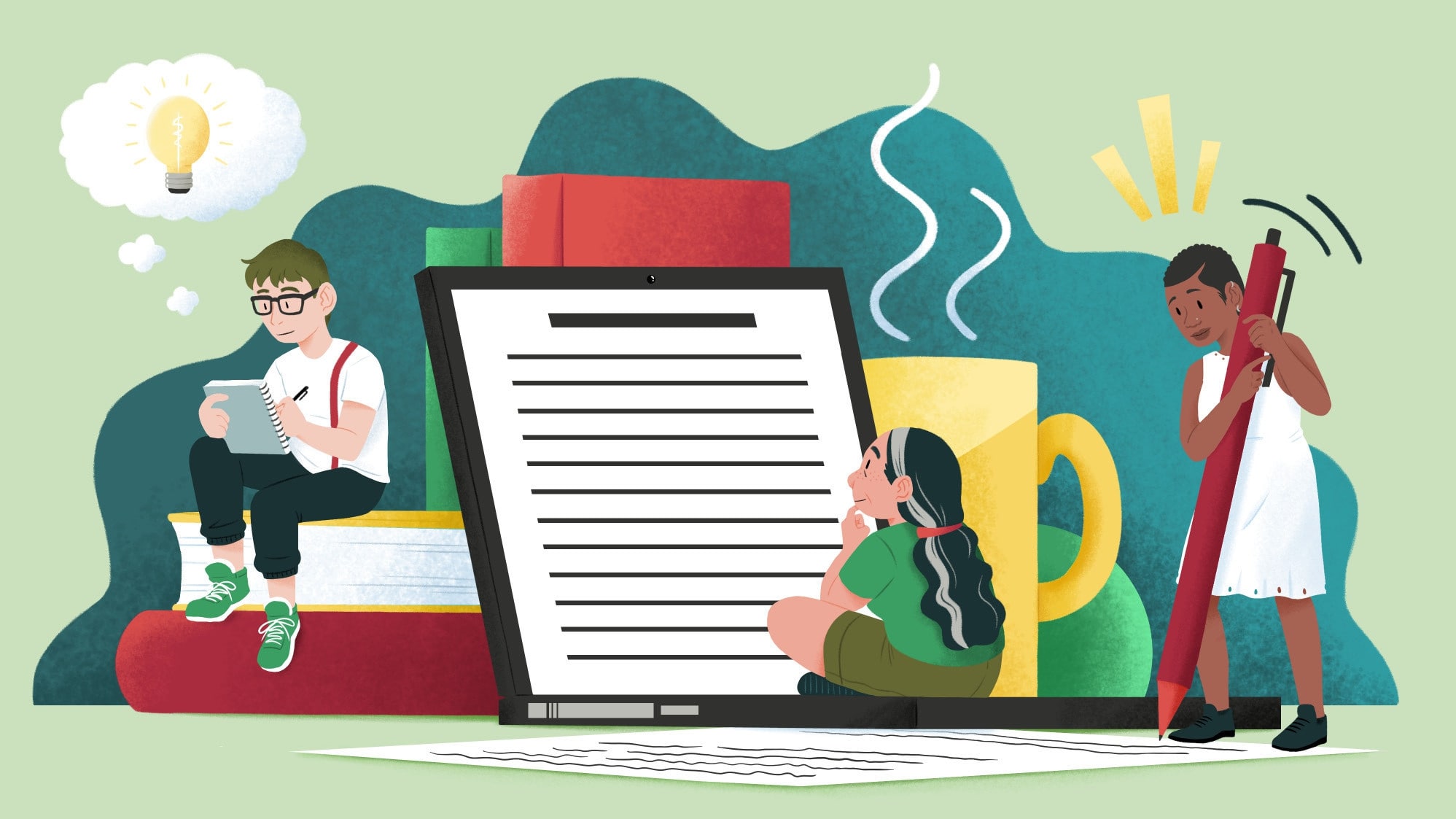
It’s always a good idea to create your plan ahead of time, no matter how short or long an email is. Before you begin writing your promotional email, you should follow the steps outlined below.
Step 1: Decide What You Are Promoting
Before you even begin to outline your email (which you should do every time), you need to decide on a topic. What do you have to show the reader? Whatever you’re promoting will decide how you design the whole email, whether it’s a limited time discount, webinar, free eBook, or rewards program.
Step 2: Identify Why You Are Promoting It
Now that you’ve determined what you’re about to promote, it’s time to consider why. For example, you could provide some free content to transfer leads down your sales/marketing funnel, or you could host a webinar to launch your new product and generate some sales. This will decide the wording of your emails as well as your overall plan.
Step 3: Choose your audience
Your target group should be fairly obvious after you’ve determined what you’re promoting and why (which means you know your target audience, as well as what segment of your audience you’re about to target with this promotional email). They could be new customers coming through the sales funnel, or they could be loyal customers looking for repeat business. Knowing your target audience ahead of time will allow you to write a more targeted and successful email.
Step 4: Send your email from a person
These two components of your marketing emails are small but powerful: they have the most influence over whether your promotional emails are opened, ignored, or discarded. Instead of using your company name in the “from” line, use your name to add a more personal touch. People tend to read emails from other humans rather than a nameless machine.
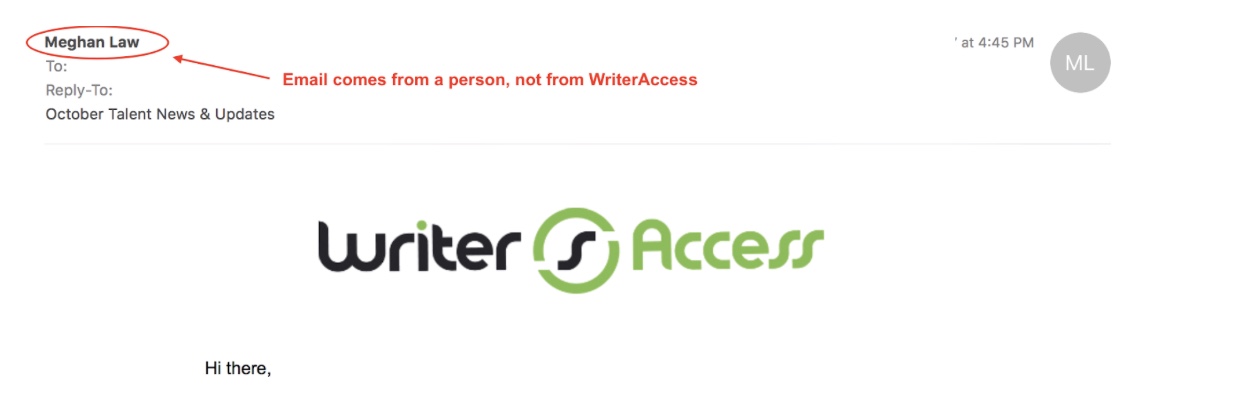
Step 5: Introduce Your Promotion in the Subject Line
47% of emails are opened solely on the basis of the subject line, according to Invesp. Make the subject line of a promotional email precise and quantifiable (if applicable), while remaining catchy and conversational. Avoid spam triggers such as all caps and the phrases “free” or “buy now.” According to a new survey, 69 percent of emails are classified as spam solely based on the subject line. The email subject lines in the examples below capture the essence of the campaign while still instilling a sense of urgency.
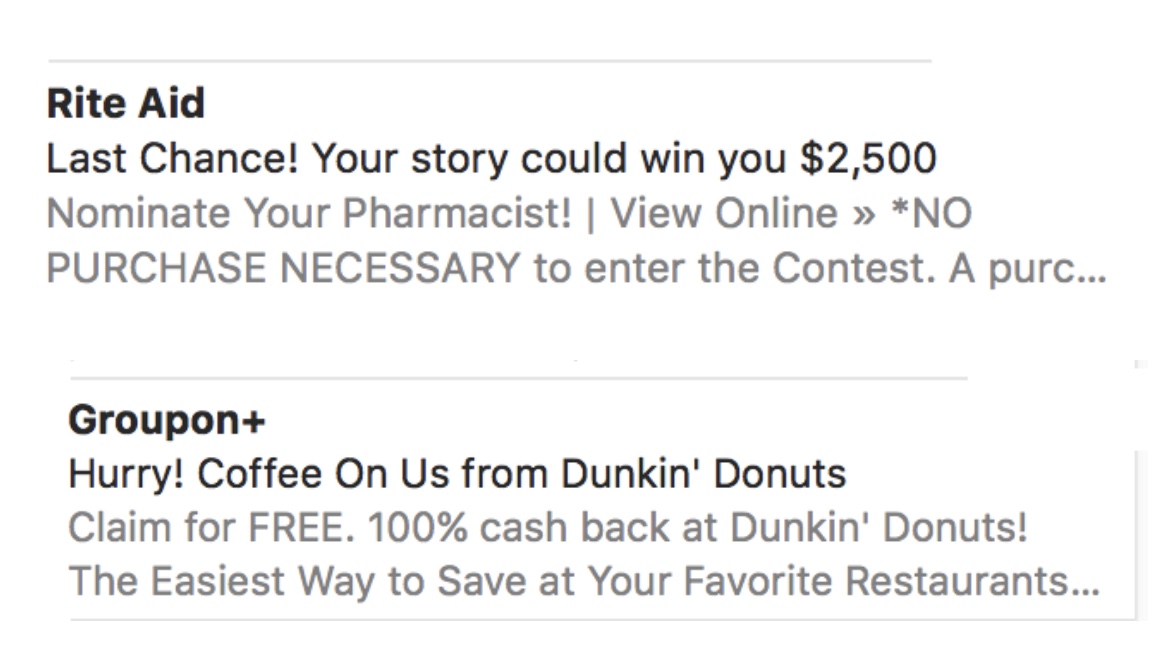
Step 6: Brand Your Header
The preview of your email that a recipient sees is usually the first 40-50 characters of the email header, unless you attach a preheader. As such, it should be engaging and provide the reader with a summary of what the email is about so that they can continue to spend their time.
Make the most of this limited room by creating a powerful hook that piques attention and curiosity. Since it is the first thing they see when they open the email, it is also a good idea to include the logo and appealing branding in the header.


Step 7: Break Up the Body of a Promotional Email
The body of your email will vary in length depending on the topic. Keep it brief and split up longer blocks of text into smaller paragraphs to make it easier for your readers to digest. A wall of text is an excellent way to entice the reader to close the email and delete it.
When you cover various subjects in the newsletter, make sure to provide links to more in-depth content to avoid taking up valuable email real estate. This will also keep the reader interested in your brand by directing them to your website.
Above all, a good call to action needs to be included. Whatever the purpose of your email, make it transparent and actionable. Your email should have a smooth flow that leads your readers to the desired outcome.
Step 8: Add a Professional Signature
Spend some time developing a professional signature that helps you to identify yourself, your position in the business, and provides additional contact details to the reader. It adds a nice personal touch and makes you stand out in their inbox’s sea of emails.
Step 9: Add Visuals to Your Promotional Email
Without some high-quality images, no email is complete. Rather than using the same stock images as anyone else in your business, consider making your own with free picture design platforms like Canva. It doesn’t take long, and it’s another simple way to mark yourself. While images can be useful, they should not be used excessively. To build a wholesome-looking email, you need to strike the right balance of text, white space, and image use.
Step 10: Test Your Promotional Email First
Never send an email without first giving it a thorough test drive. Proof it many times and give it to yourself, friends, relatives, colleagues, or someone else who is not the intended recipient. The aim is to see how the email looks to anyone on various platforms and computers. Pay close attention to how it appears on a mobile screen as, according to a new survey, 66 percent of email is read on a cell phone.
Step 11: Track and Measure Your Promotional Emails
The only way to improve your ability to write killer promotional emails is to monitor your progress. Your marketing email tool will help you get a real-time pulse on your campaign and see what your audience is most interested in. It will provide you with unique insight into what your readers want and don’t want.
7 Best types of promotional email to send
Writing high-converting promotional emails is the secret to increasing email conversions, and top e-commerce brands understand this. Let’s look at how you can produce similar results with only one kind of promotional email at a time.
1. Limited-Time Offers
Nobody wants to pass up a great opportunity. Limited-time deals nudge customers to make a fast decision about a future purchase by instilling a sense of urgency and instilling fear of losing out (FOMO).
Although time-sensitive deals are effective at converting on-the-fence prospects, you should ensure that your promotions reach as many prospects as possible in a short period of time. Email marketing, in conjunction with website popups, is the most effective way to do this. Have a look at this subject line sent by Tarte:
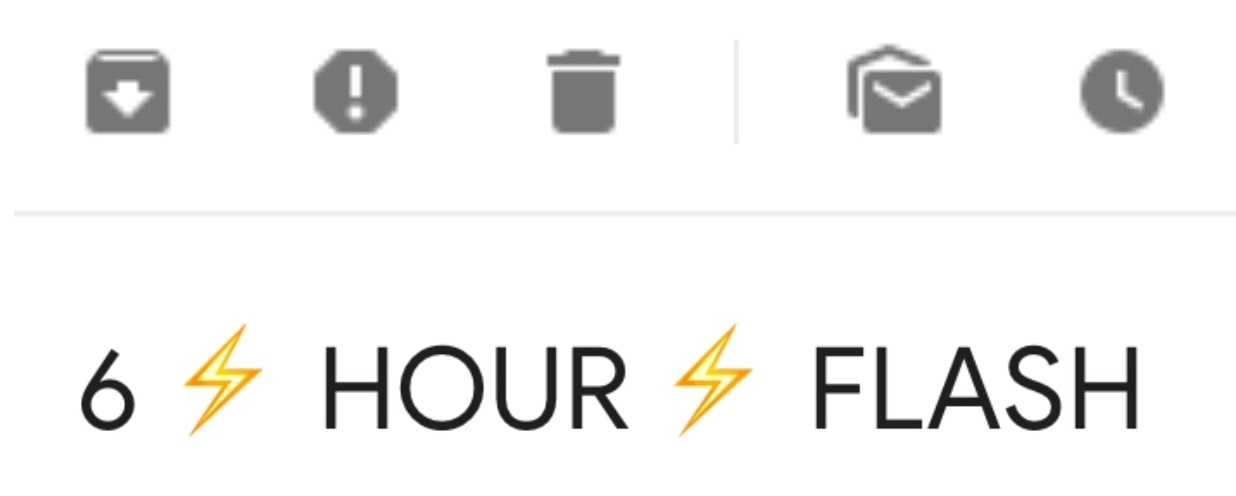
Tarte cleverly incorporates the word “flash,” which already suggests urgency, with the use of emojis to make the subject line stand out. The use of numbers also helps to draw attention to this text, in addition to demonstrating that the deal has a specific time limit. Tarte creates urgency by using numbers, emojis, and compelling phrases to entice you to open this email:
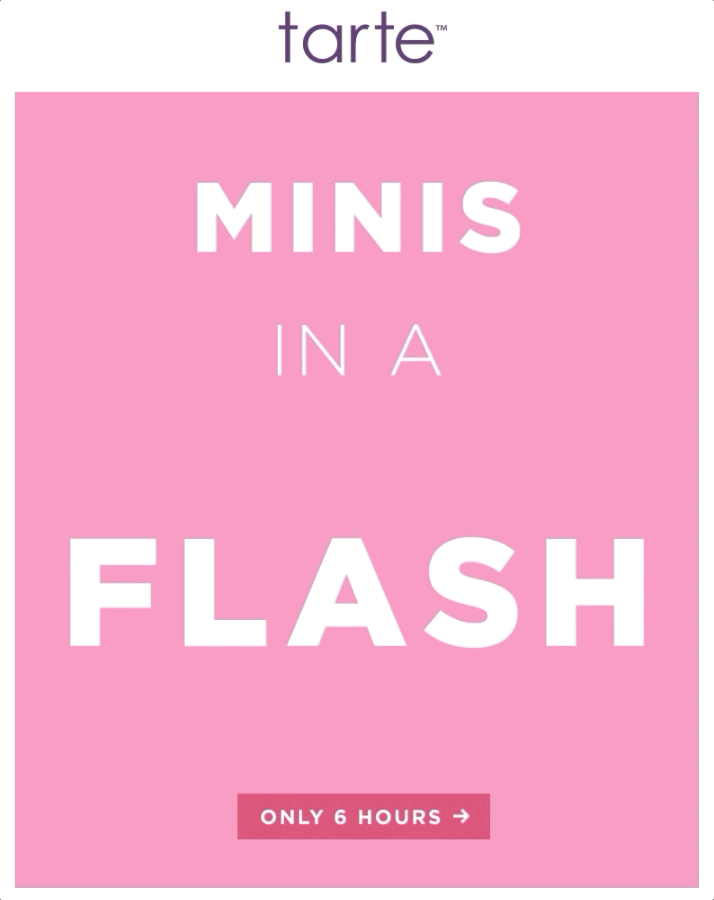
Tarte creates a sense of urgency in the body of the email by using a GIF. In this promotional email, the company announces a six-hour flash sale on a particular product category.
Many e-commerce sites hold flash sales that last for a single day or the whole weekend. Although it can work for others, a weekend-long sale does not always result in immediate action. (After all, the longer we have to finish a job, the more likely we are to procrastinate.)
Tarte, on the other hand, makes a daring move by holding a 6-hour-only sale. Consider giving your customers more time if your customer base isn’t as big as Tarte’s or if they live in different time zones. Although many businesses equate limited-time sales with discounts, a few marketers understand that free shipping is an equally, if not more, powerful opportunity.
2. Sales Promotion Emails
If you’re having a sale-off and want to tell everyone about it, email is probably your best bet. Since your subscribers have already shown an interest in your brand by joining your email list, encouraging future or ongoing sales is a surefire way to convert them. Aside from the deal itself, how you promote your sales is extremely important.
Banana Republic is a great example of how you can use email to promote your sales:

Banana Republic entices you to open this email immediately by using the exact discount number in the subject line and emphasizing that the sale is currently taking place:

This brand, like other brands, grabs your attention with a GIF that explains the offer. Banana Republic’s title “Cooler Days Ahead” provides you with a logical reason to shop this sale and purchase winter clothes while they’re on sale.
3. Subscriber-Special Offers
Your prospects are at various stages of the buying process. Although first-time website visitors may need additional details before purchasing from you, a special discount code may be more effective on a prospect who is already on your email list. If you have the right benefits to your subscribers, you can not only convert them into consumers, but also brand advocates.
Monki knows how to get off to a good start. They give you this email shortly after you sign up for their newsletter:

Given that you subscribed to the brand’s email list and are obviously interested in its products, there’s a fair chance you’ll open this email and learn more about your special offer.
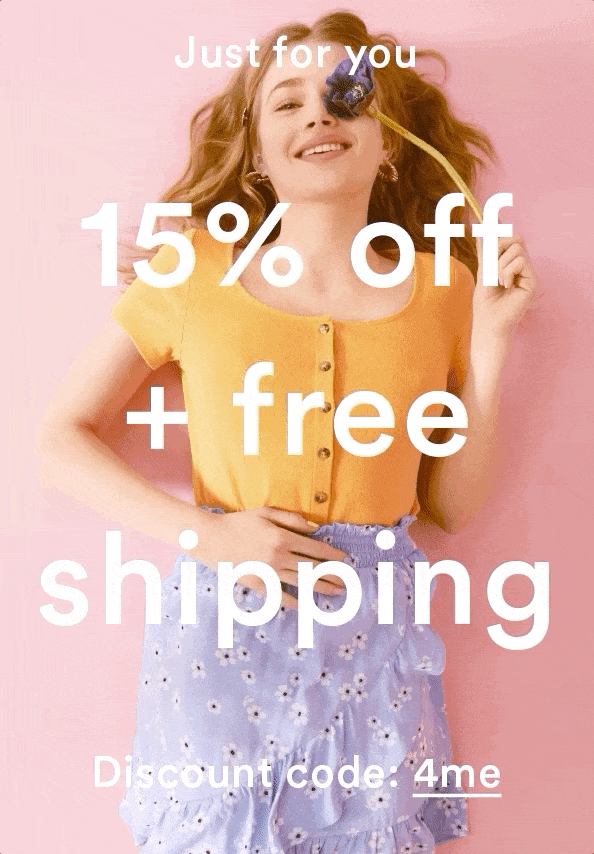
Monki warmly welcomes new customers and incentivizes them with a discount code and free delivery by using a simple GIF that catches the eye and email copy that emphasizes on the offer’s exclusivity.
4. Product Launch Emails
Product releases are exciting, whether you’re planning to release a new look, feature, or product line. But, most importantly, product releases arouse interest, engage your email list, and keep your brand at the forefront of your customers’ minds. You can send your latest product a boost right away with the right promotional emails.
Here’s an example from Casper:

Everyone enjoys a heartwarming underdog tale with a happy ending. Casper arouses a similar feeling with this subject line, where they turn the surprising around. Then, you open the email and discover that they are advertising a new product:
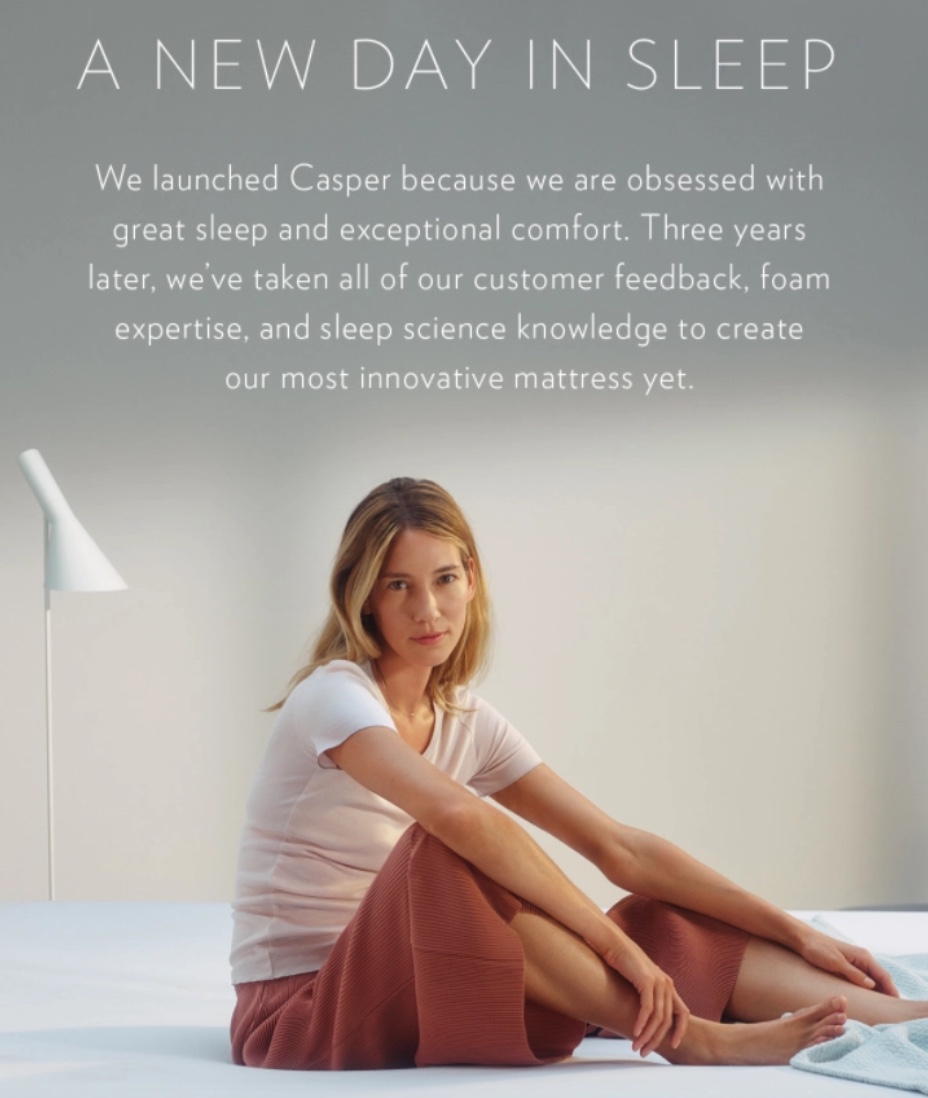
Casper places the new mattress as a game changer in this email. However, unlike many companies who simply describe how great their new products are, Casper focuses on going above and beyond for its consumers, establishing itself as an industry authority.
5. New Arrival Emails
Although product launches do not occur on a daily basis, new arrivals provide an opportunity for businesses to promote their products while engaging their email list. Here’s an example from Chairish:
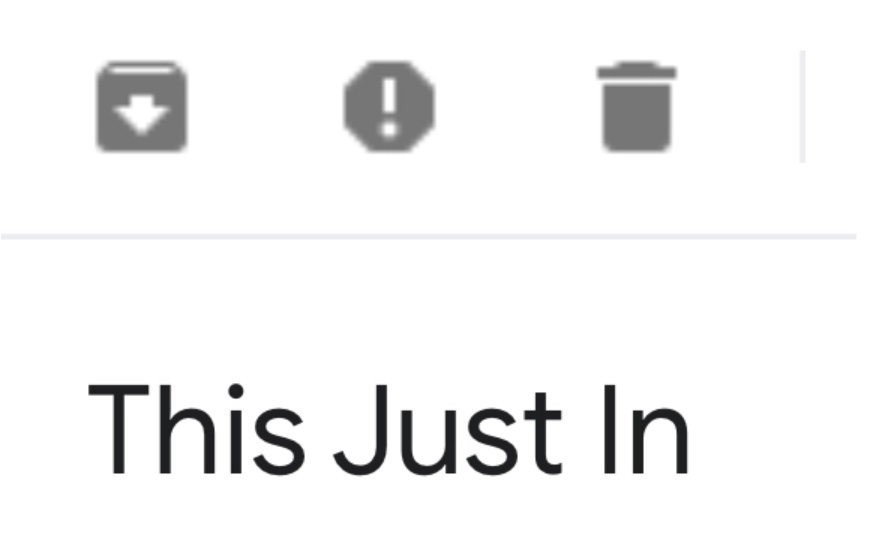
The business sends this promotional message to its customers in a funny tone, as if they were delivering vital news. When you open the email, you discover that it is a new arrival email:
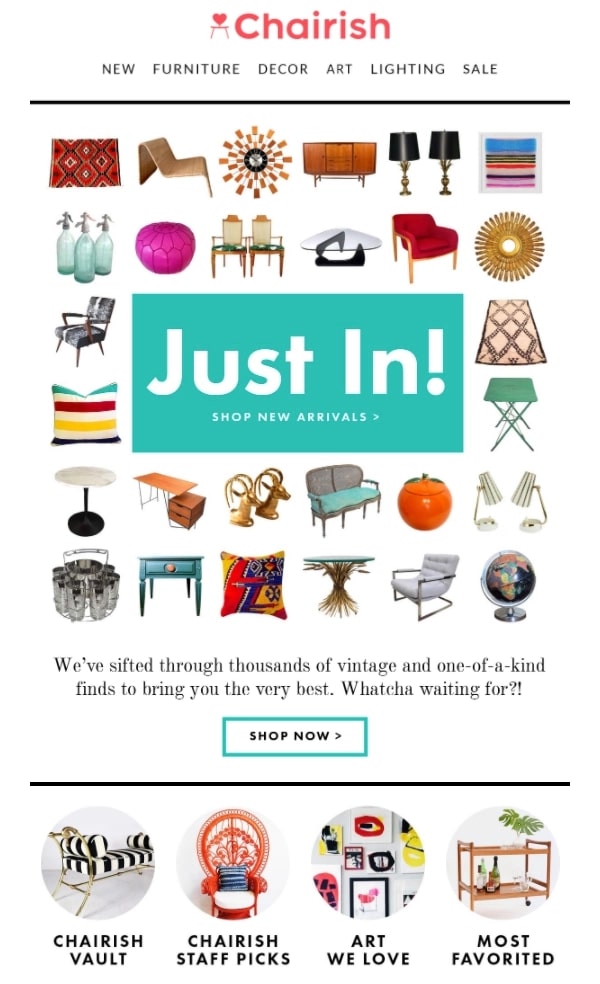
Chairish also includes a few category links in its email, so you can easily start browsing their products.
6. Seasonal Campaigns
Halloween,Christmas, Black Friday, Valentine’s Day, Mother’s Day, or whatever holiday you can think of, There is always a holiday just around the corner for you to enjoy. Seasonal marketing strategies not only bring in new visitors but also keep your loyal subscribers engaged.
Providing holiday gift guides, for example, at the height of the holiday season is a perfect tactic for guiding your prospects into better purchasing decisions, as well as a discreet way to advertise your goods.
Take a look at how PooPourri does it:
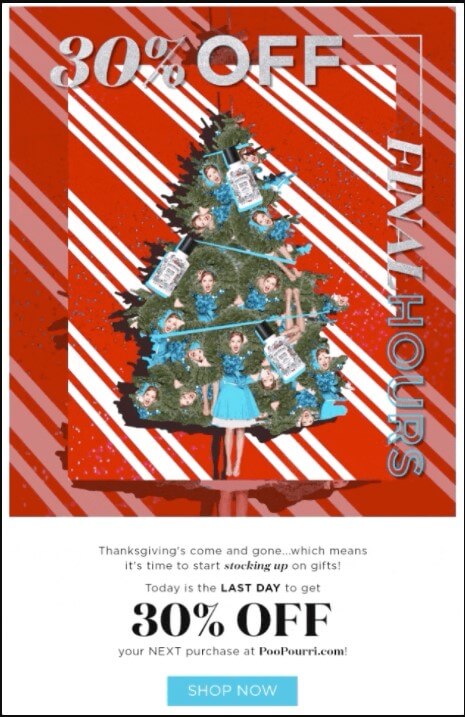
Right after Thanksgiving, the brand starts enticing Christmas shoppers with a 30% discount.
7. Giveaway Emails
Giveaways work well for generating leads, increasing interaction, increasing sales, and promoting goods. However, how you advertise your giveaways is just as critical as the prizes you have. You will ensure that the giveaway reaches as many potential customers as possible by integrating website popups and emails. This is an example of a typical giveaway promotion email from Casper.
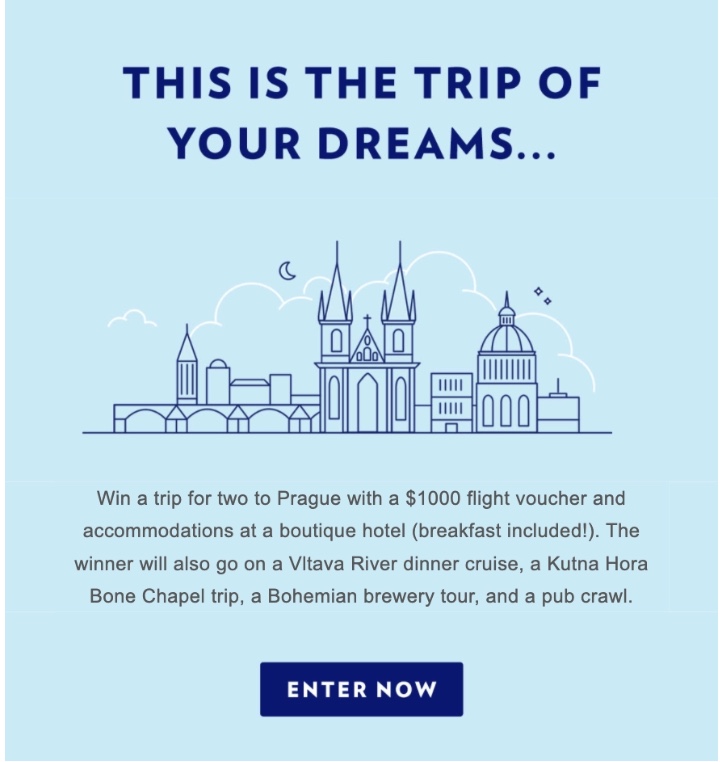
Final words
That’s it! I hope that this article has provided you with valuable information about how to write a promotion email. Please feel free to leave comments below for further discussion on this topic!
New Posts

How To Set Up Google Analytics 4 For Your BigCommerce Store






